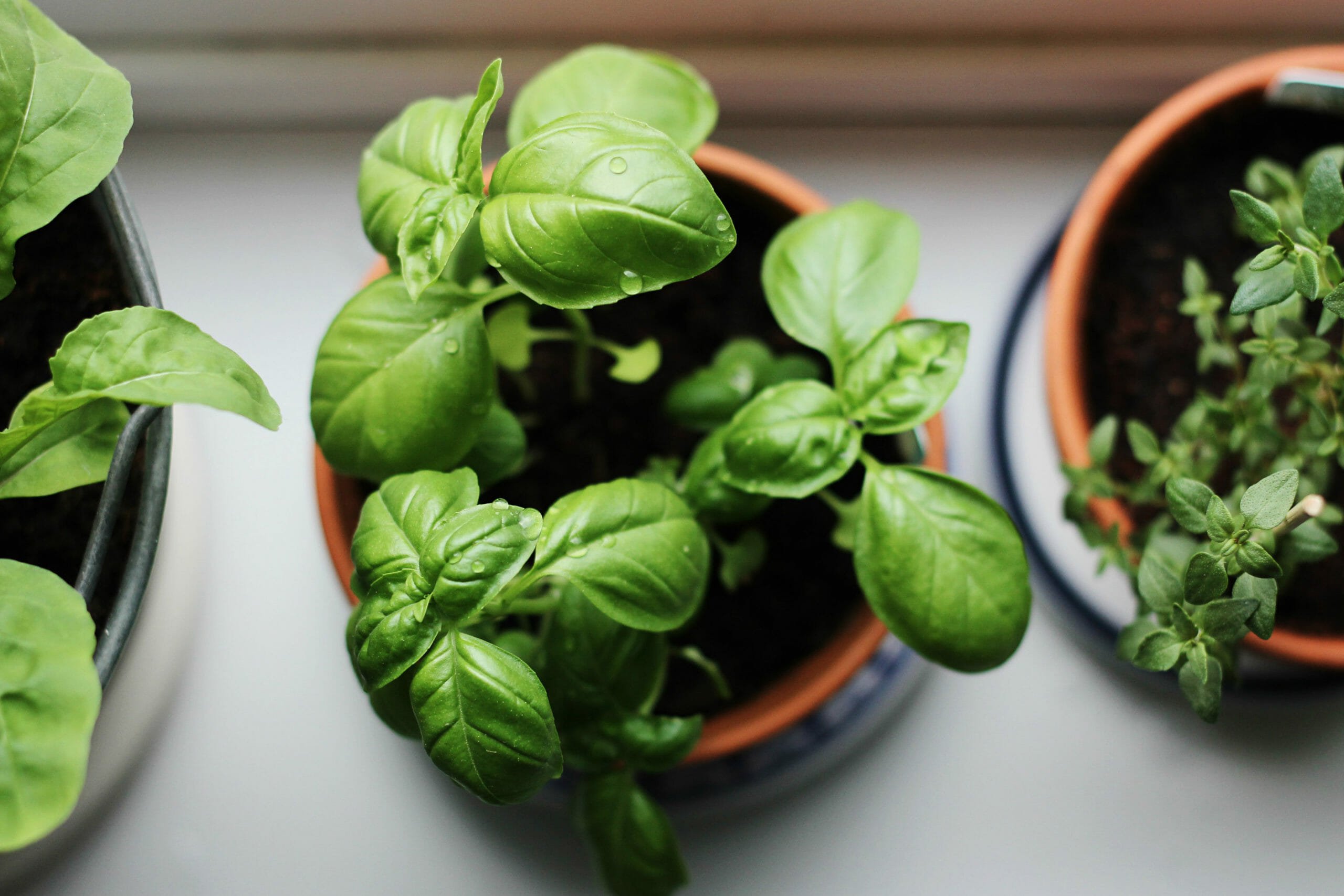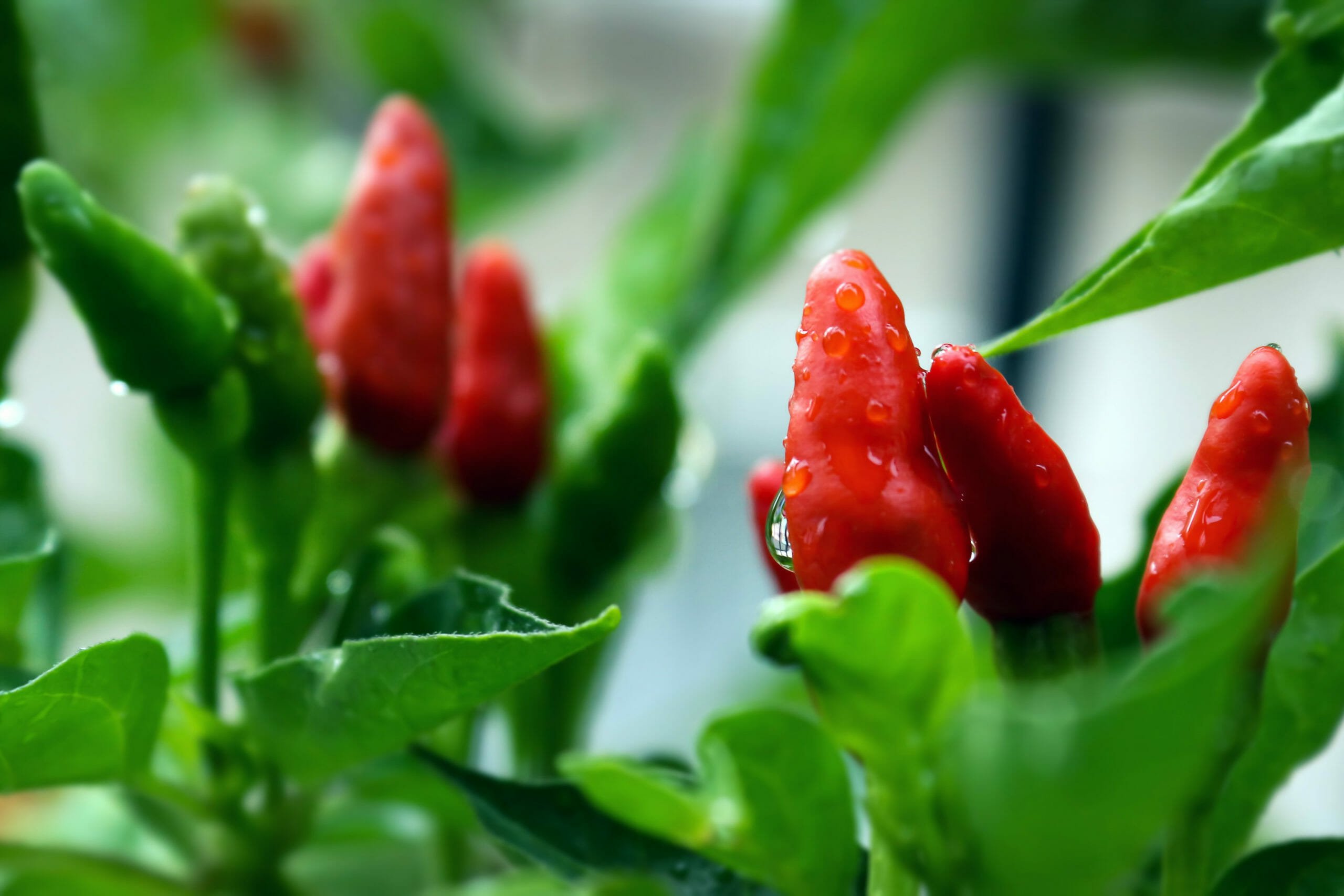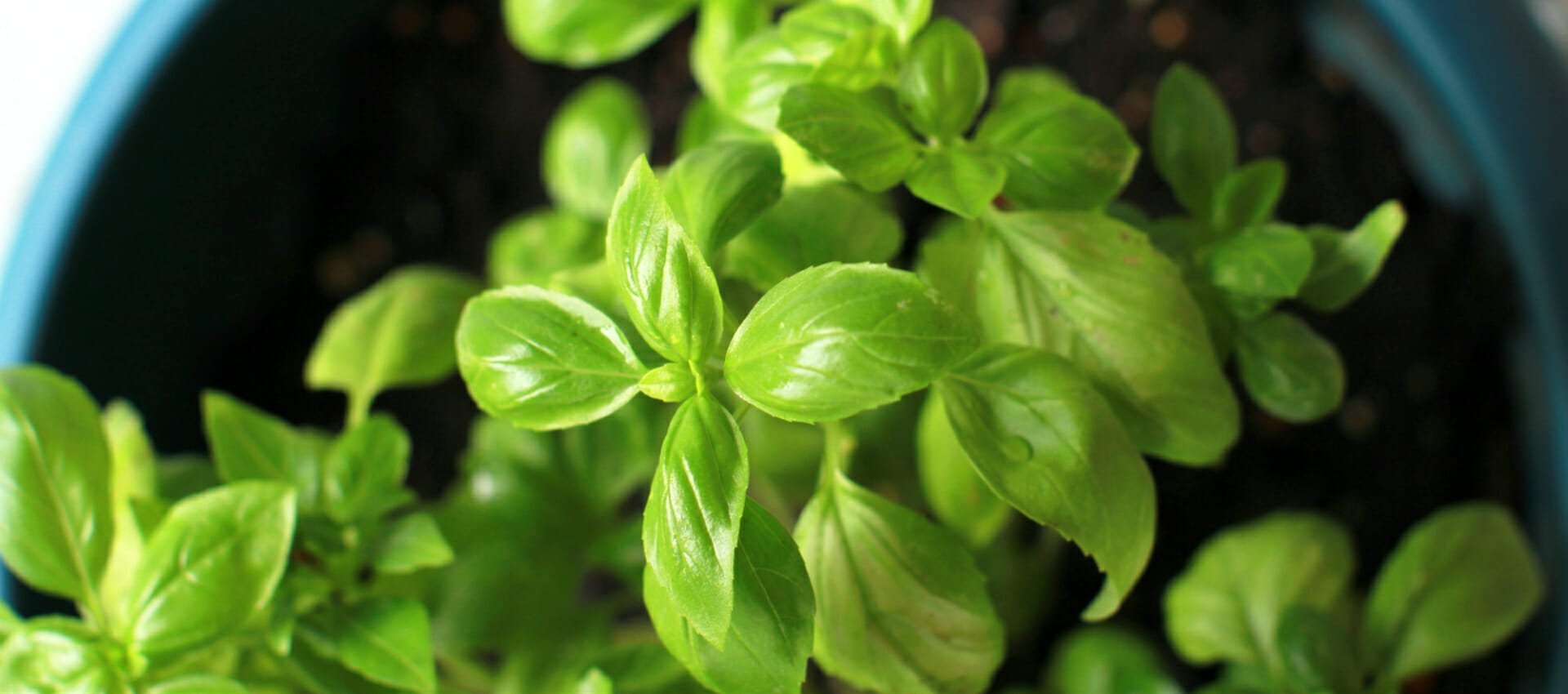For anyone thinking growing your own grub is out the window…
…turns out it’s actually been in the window all along.
In fact there are actually plenty of both herbs and vegetables that you can grow indoors, so long as wherever it is gets a little bit of sun.
Now, we’re no experts, but we do have a sense of the basics. Plus we’ve done a little research and picked you up a couple of tips and tricks along the way. Below is all of it collated.
In case you feel like giving it a grow…
MUST HAVES:
- Ok so numero uno is finding somewhere that gets at least six hours of direct sunlight a day – obviously the most common choice is in the kitchen, but feel free to get creative.
- Next you’ll need a bunch of pots and/or containers at least 6-12 inches deep. Or one bigger trough-like container. The key is just plenty of drainage.
- You’ll need a saucer or tray to catch any excess water. Also to avoid stains.
- Gravel.
- Potting mix.
- And then the plants.*
*You can use seeds but this is a lot harder, and a skill that takes a lot of time to perfect. With this in mind we say go for something pre-potted, available in most big supermarkets, or garden centres if not.
PLANTS TO CHOOSE FROM:
If you’re interested in growing herbs basil, parsley, oregano, coriander, tarragon, rosemary, and chives are best. Otherwise, when it comes to veg, it’s lettuce, radish, carrot, cherry tomatoes, onion, spinach and sprouts.

Credit: Skyla Design | Unsplash
WHAT TO DO:
Once you’ve found your space and you’ve got all of the necessary bits and pieces, it’s actually pretty simple. You want to start by pouring a thin layer of gravel at the bottom of each container. Then, gently remove your chosen herb or veg from its original pot, loosening the roots as you do. Once you’ve placed it into its new pot, you want to add a little potting mix, particularly around the root to help the plant stand firm. Then water it straight away.
From there it’s just about keeping a good eye on it, testing if it needs watering by poking your finger into the soil about one or two inches deep. If it’s dry it’s time for you to water it. One thing to remember is to always flush the water through thoroughly. Or, in other words, water it until any excess starts running out the bottom of the pot. If you don’t you risk a salt build up, which you’ll see from white crystals forming around the edge of the pot.

Credit: Prince Abid | Unsplash
THINGS TO AVOID:
Other things to avoid are:
- Be careful not to choose a spot with too much wind, or dry heat from a vent for instance.
- Choose a soilless potting mix, and definitely don’t just use soil from the garden.
- Make sure to keep your plants well watered (terracotta pots in particular conduct a lot of heat so can dry up quickly). Then again, you also want to make sure they’re not too watered. You definitely don’t want them sitting in any excess in your drainage dish.
- If you’re using a larger pot, don’t pot things too close together. Plants needs room to breathe.
- And remember to prune them (cut and use the leaves) but don’t over-prune them, risking putting the plant into stress. (Don’t trim more than 1/3 of the leaves at a time.)
Header image: Meghan Rodgers | Unsplash
Then once you’ve honed horticulture…why not give baking a go.
